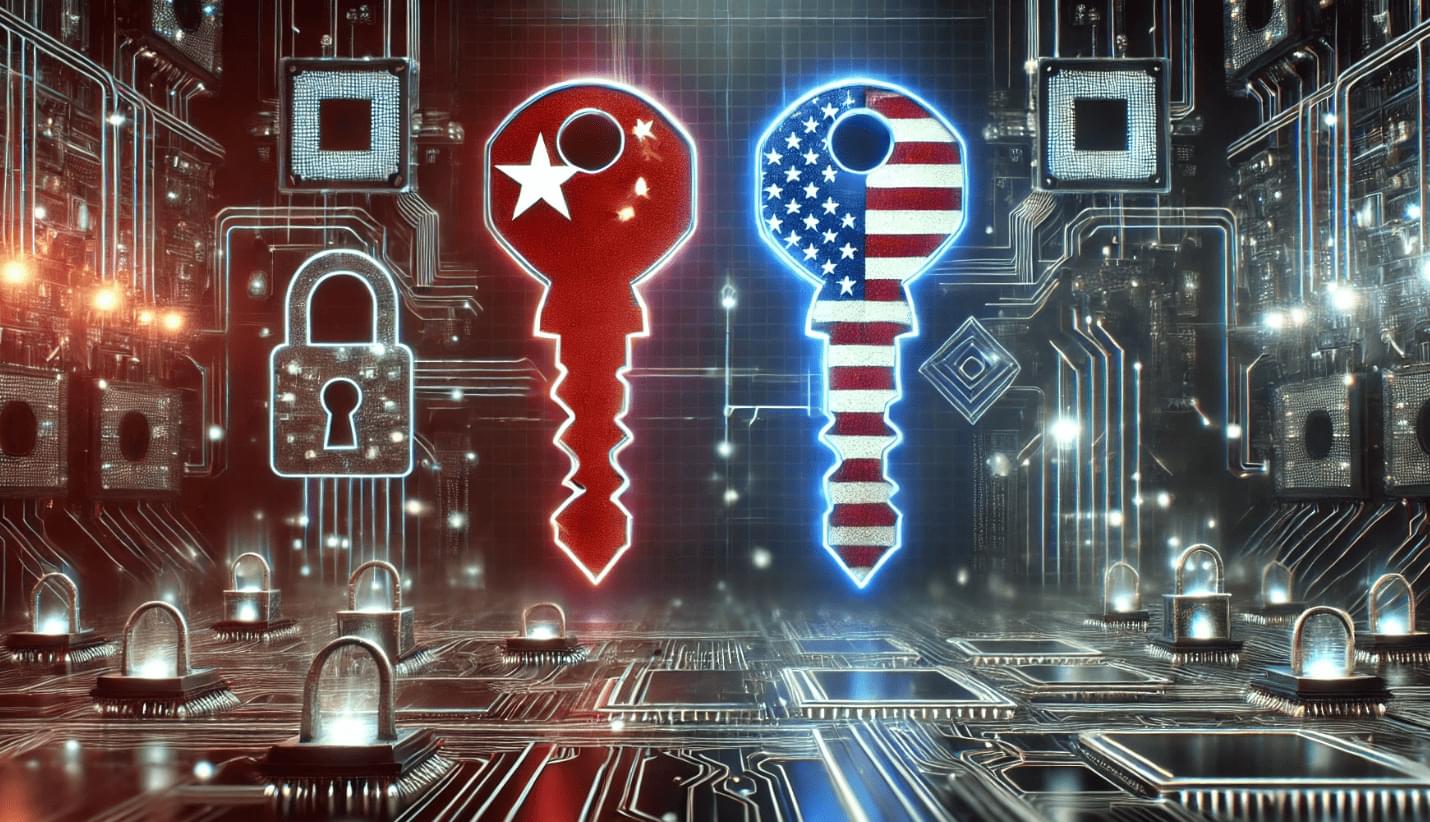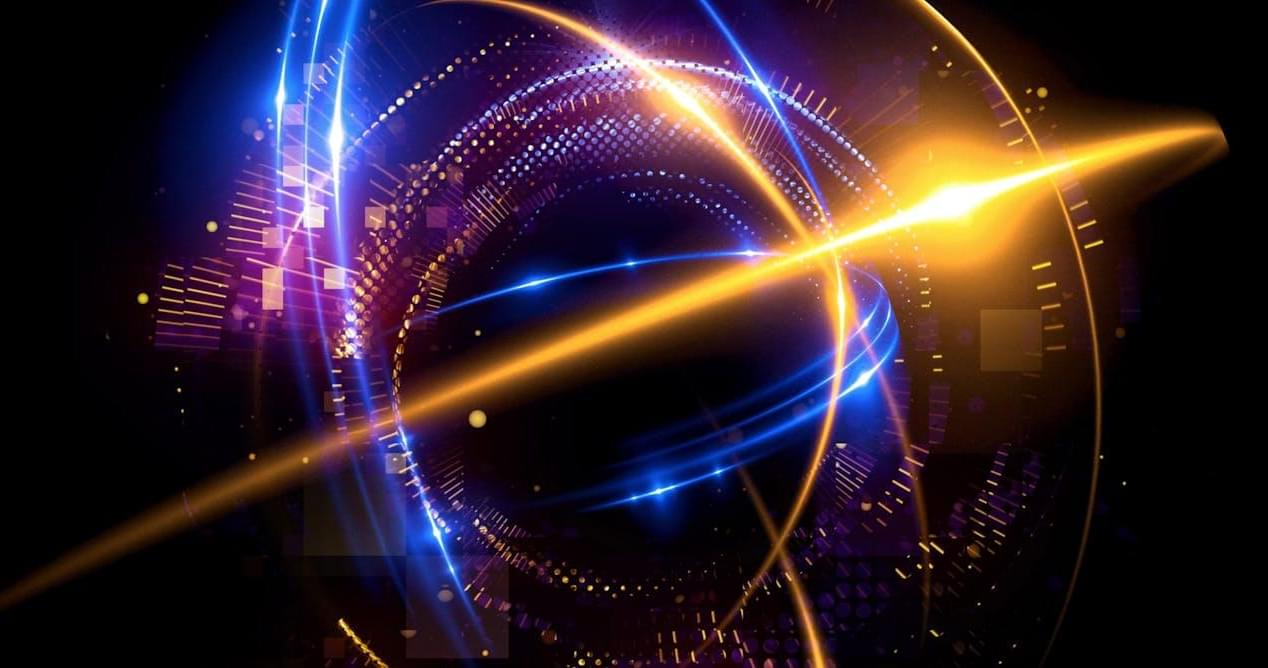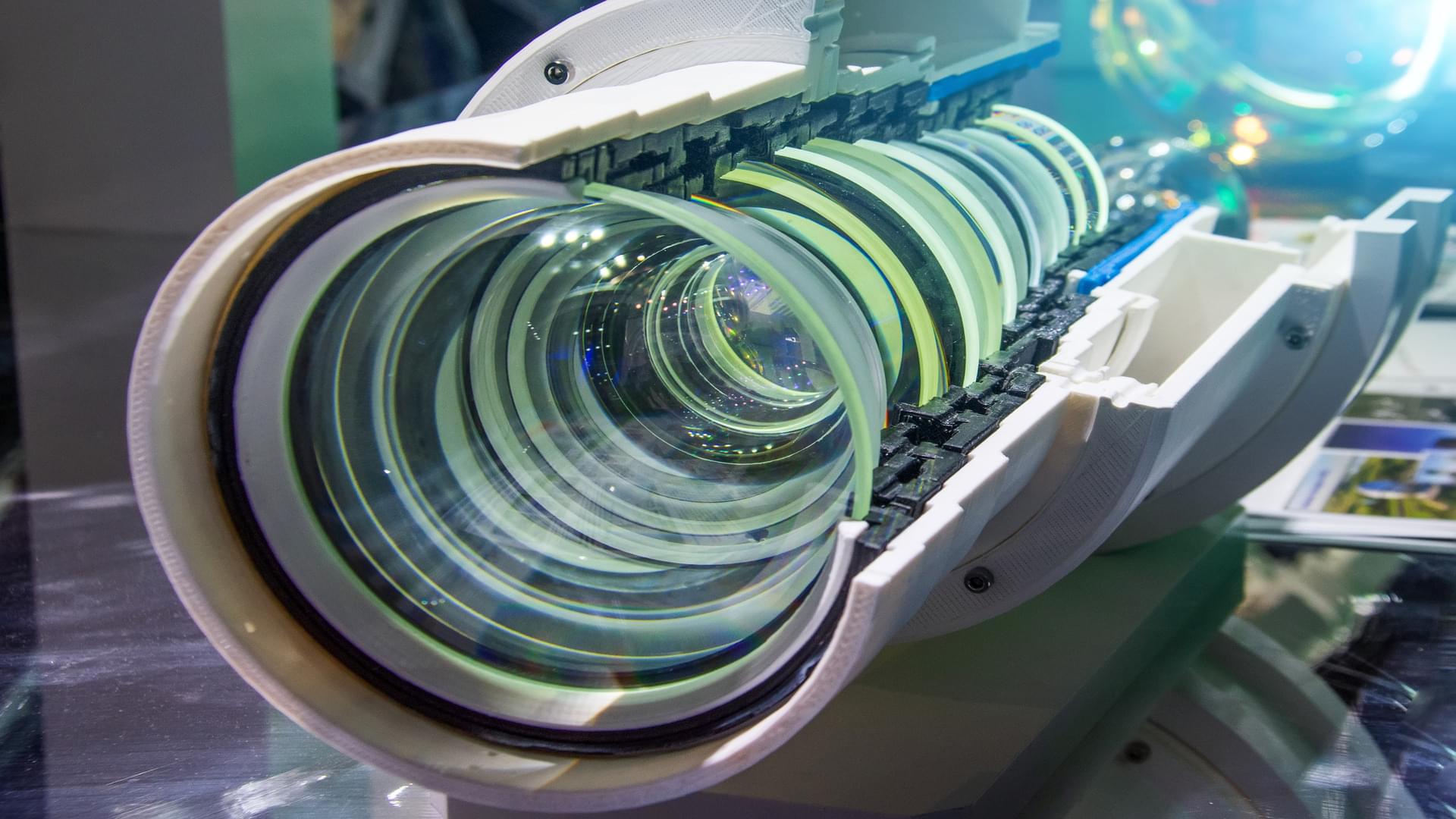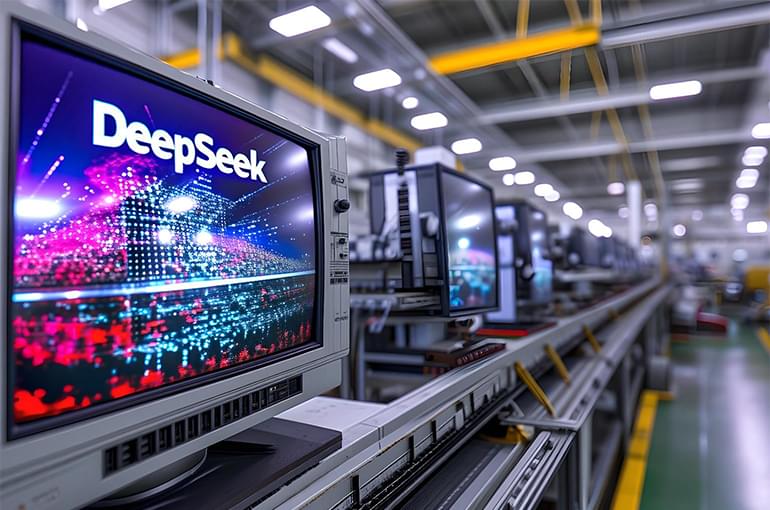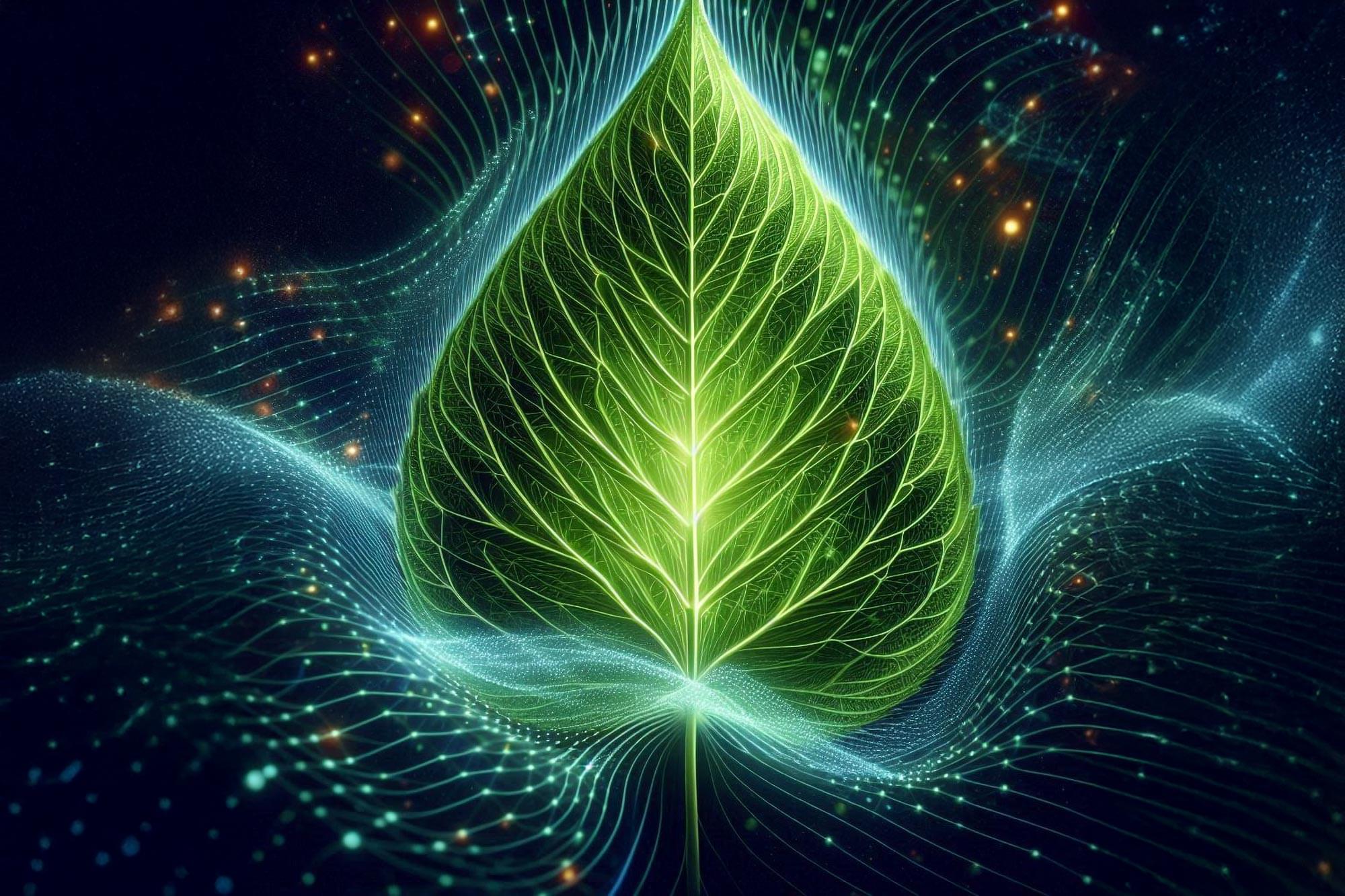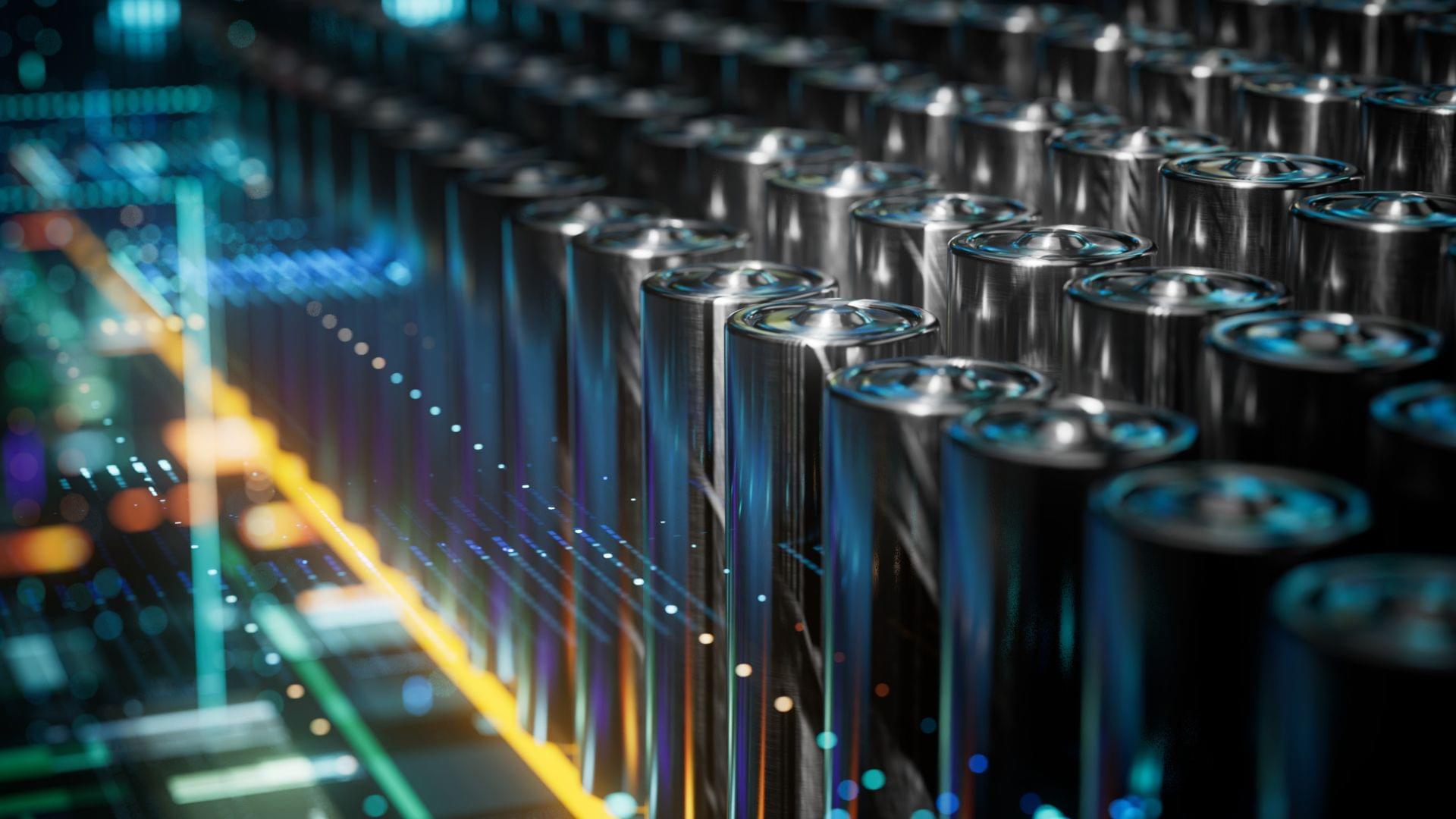“ tabindex=”0” quantum computing and secure communications. Scientists have optimized materials and processes, making these detectors more efficient than ever.
Revolutionizing Electronics with Photon Detection
Light detection plays a crucial role in modern technology, from high-speed communication to quantum computing and sensing. At the heart of these systems are photon detectors, which identify and measure individual light particles (photons). One highly effective type is the superconducting nanowire single-photon detector (SNSPD). These detectors use ultra-thin superconducting wires that instantly switch from a superconducting state to a resistive state when struck by a photon, enabling extremely fast detection.

